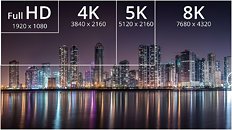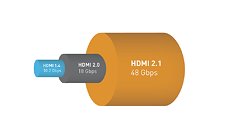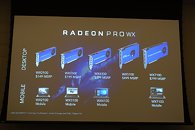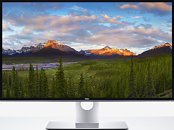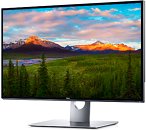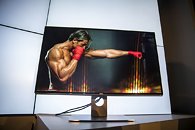AU Optronics To Begin Shipping 8K TV Panels In 1H18
Even as most users are still transitioning from their Full HD panels to 4K ones (less than 40% of users have a 4K-capable panel), the 8K panel onslaught should begin as early as the first half the current year. AU Optronics, one of the world's foremost panel makers, is expected to start shipping 8K-enabled panels between the 65-85 inch range in the first half of this year, thus moving the goalpost once again on what the top of the line in the display market is.
Liao Wei-lun, president of AUO's video products business group, said that global sales of 65- and 70-inch TVs and display products are expected to grow 40% and 50% on year, respectively, in 2018. As yields have improved, so has pricing come down, which means users will be looking to upgrade their panels to higher diagonal sizes. But the bigger the size, the higher the resolution of the panel has to be, and that's where AUO wants to do business. AUO expects the penetration rate of 65-inch and above sizes of 8K TVs will start gaining momentum in 2018 and reach 10% in 2020. Naturally, AUO plans to start 8K panel production on the higher margin products - high diagonal TVs - and will scale down from there, eventually hitting PC monitor's screens. Maybe by that time we'll have graphics card options that can actually push that gargantuan number of pixels.
Liao Wei-lun, president of AUO's video products business group, said that global sales of 65- and 70-inch TVs and display products are expected to grow 40% and 50% on year, respectively, in 2018. As yields have improved, so has pricing come down, which means users will be looking to upgrade their panels to higher diagonal sizes. But the bigger the size, the higher the resolution of the panel has to be, and that's where AUO wants to do business. AUO expects the penetration rate of 65-inch and above sizes of 8K TVs will start gaining momentum in 2018 and reach 10% in 2020. Naturally, AUO plans to start 8K panel production on the higher margin products - high diagonal TVs - and will scale down from there, eventually hitting PC monitor's screens. Maybe by that time we'll have graphics card options that can actually push that gargantuan number of pixels.
